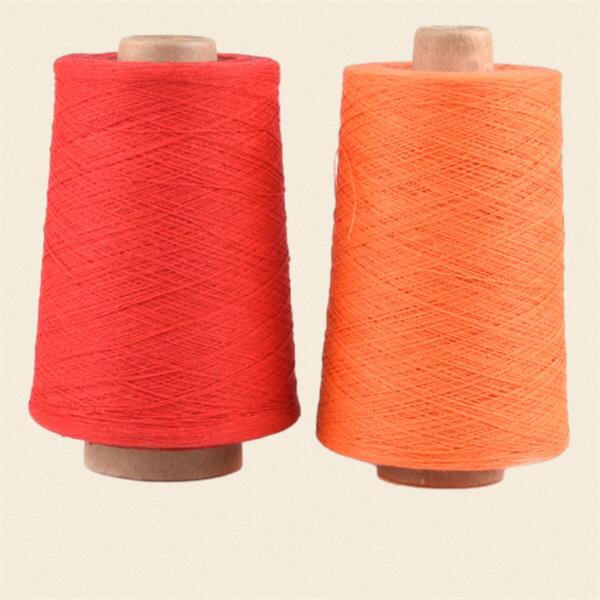Tel: +86 13967879487
Email: [email protected]
Tel: +86 13967879487
Email: [email protected]
It is not easy to aggregate how yarn prices changed over the 2010s. Yarn is an extremely long bunch of threads used to make clothing and other objects. Yarn prices have fluctuated over the past decade. There are several factors that can contribute to changes in yarn prices and it's helpful to consider what causes these changes.
The price of yarn depends on several factors: One is the cost of the material, but there's also how many people want to buy the yarn — and sometimes what's happening in the world. Rising prices for cotton or wool generally also raise the price of yarn. If many people want to buy yarn, but there isn’t enough available, prices can also go up. But if there is an oversupply of yarn and not enough buyers, prices can fall.

Here you can see how yarn prices have changed between 2010 and 2019. Early in the decade, yarn prices were relatively stable, while there was mixed pricing movement. But, around 2015, prices began to “move a great deal upward,” and peaked in 2018, he said. Since then, prices have begun to stabilize, but they are still above where they were at the beginning of the decade.

The 2010s also saw global events impact on yarn prices. Things such as trade problems, natural disasters and political problems in a few countries can influence the price of yarn. Such tariffs aren’t just schemes to pick foreign pockets: Technically they are ways to shield American citizens from prices that go up to absorb the costs associated with the tariffs.

To know how to price yarn today, you need to know what’s going on in the market and what factors influence price changes. Companies such as LUCKY TEXTILE should have as much information as possible about what is happening in the world and they should follow the rules of basic supply and demand, and periodically lower or raise prices or may be can take advantage of benefits. By being cautious and flexible, companies can navigate the flux more effectively in the yarn market.